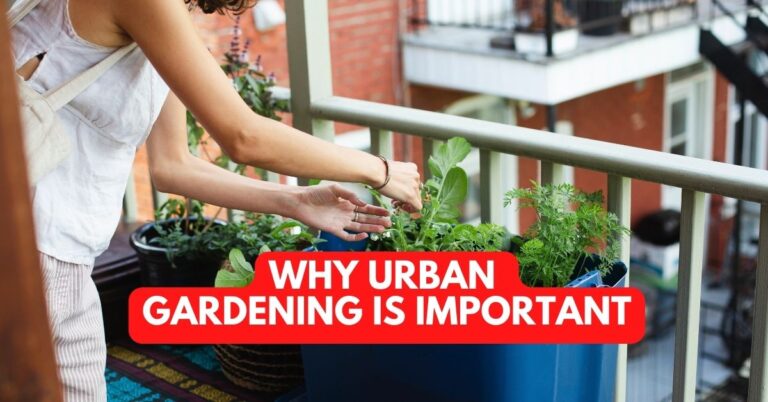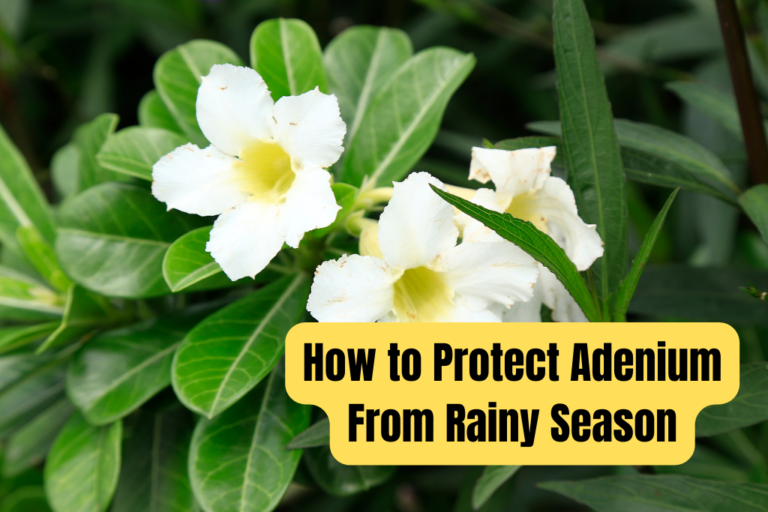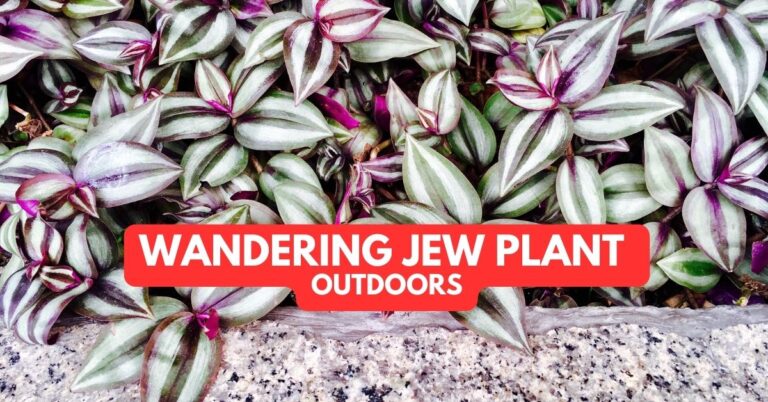Wandering Jew Plant Growing Tips, Care and Types
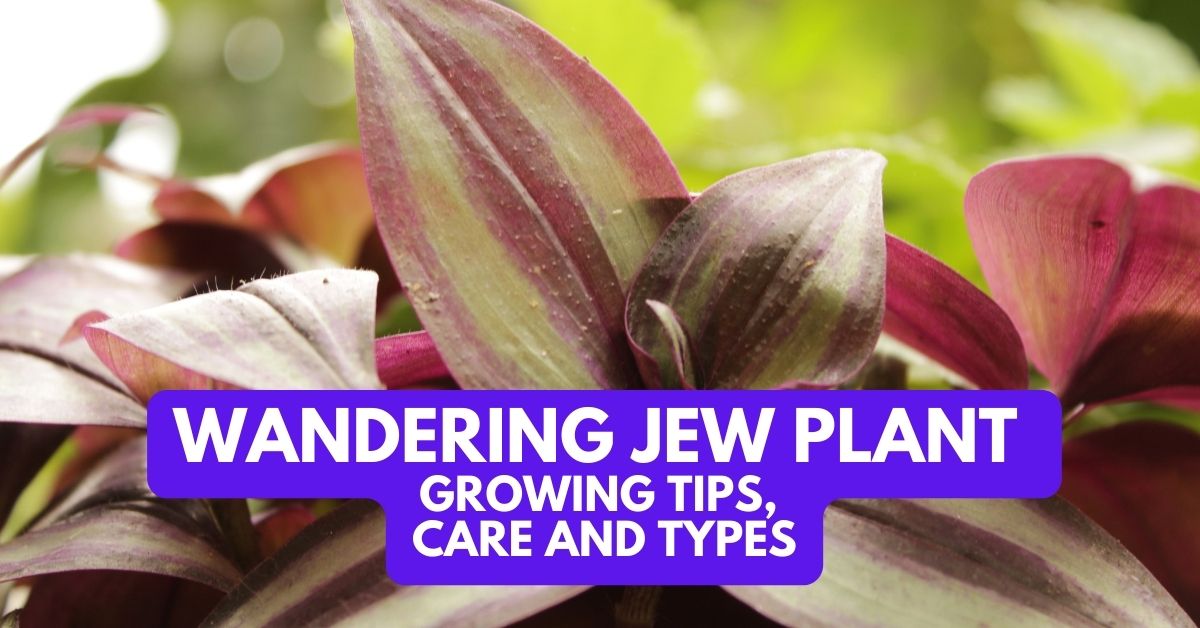
The Wandering Jew Plant is one of the most popular houseplants around. It is a tough and resilient plant that originates from Central and South America, and it has been used in homes for centuries. The plant’s name comes from the fact that its leaves look like those of the biblical figure, the Wandering Jew. The leaves are dark green, with white stripes running along their edges. They grow to be about 4-8 inches in length and are quite striking when grown as a houseplant. The Wandering Jew Plant is generally easy to care for, requiring only indirect sunlight and occasional watering. With its beauty and resilience, the Wandering Jew Plant is a great addition to any home or garden.
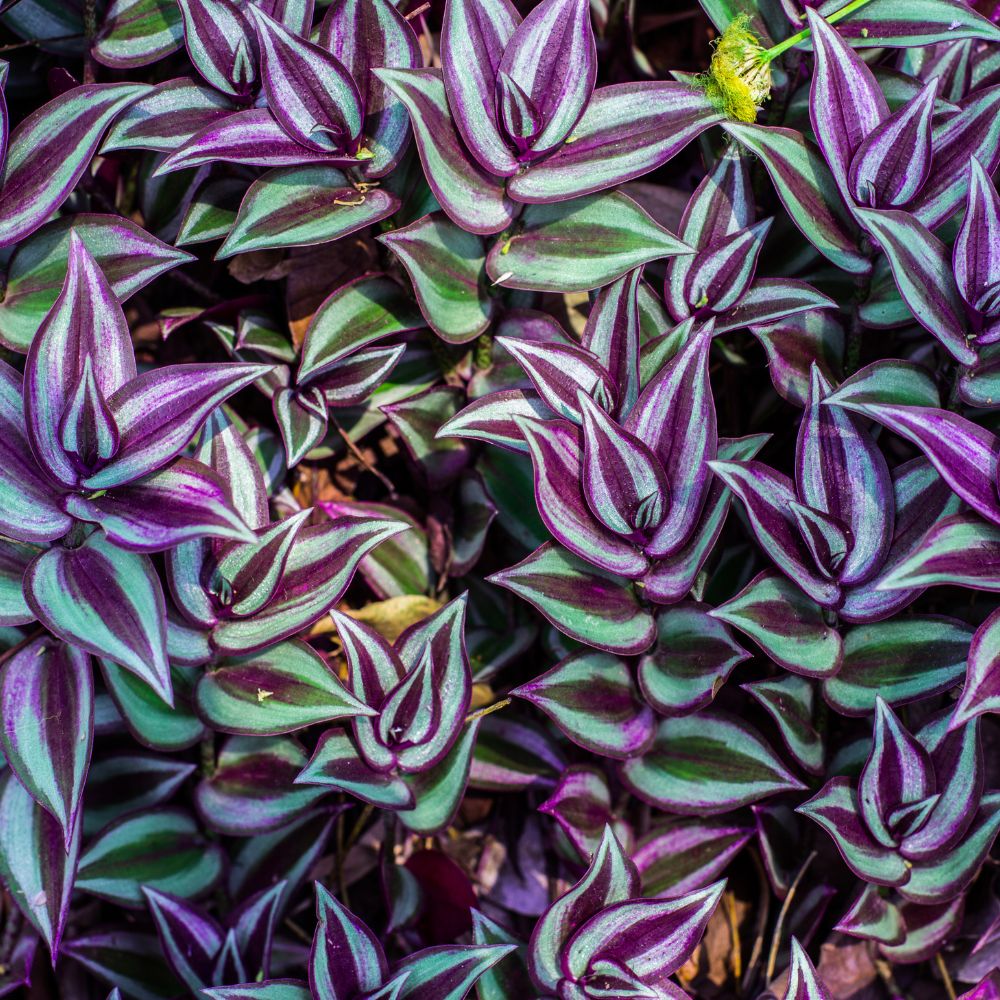
| Kingdom | Plantae |
|---|---|
| Division | Magnoliophyta |
| Class | Magnoliopsida |
| Order | Commelinales |
| Family | Commelinaceae |
| Genus | Tradescantia |
| Species | T. zebrina |
Quick Care Guide
| Light | Water | Soil | Temperature | Humidity |
|---|---|---|---|---|
| Bright, indirect light | Allow top 1-2 inches of soil to dry between waterings | Well-draining, rich soil | 60-85°F (15-29°C) | Moderate to high humidity |
Types of Wandering Jew Plant
The Wandering Jew plant, scientifically known as Tradescantia, is a popular houseplant known for its attractive foliage and easy-to-grow nature. There are several types of Wandering Jew plants, each with its unique characteristics. Some of the most common types include:
1. Tradescantia zebrina: Also known as the Zebra Plant or Silver Inch Plant, this variety features green leaves with silver stripes and purple undersides. It is a fast-growing plant that can be easily propagated through stem cuttings.
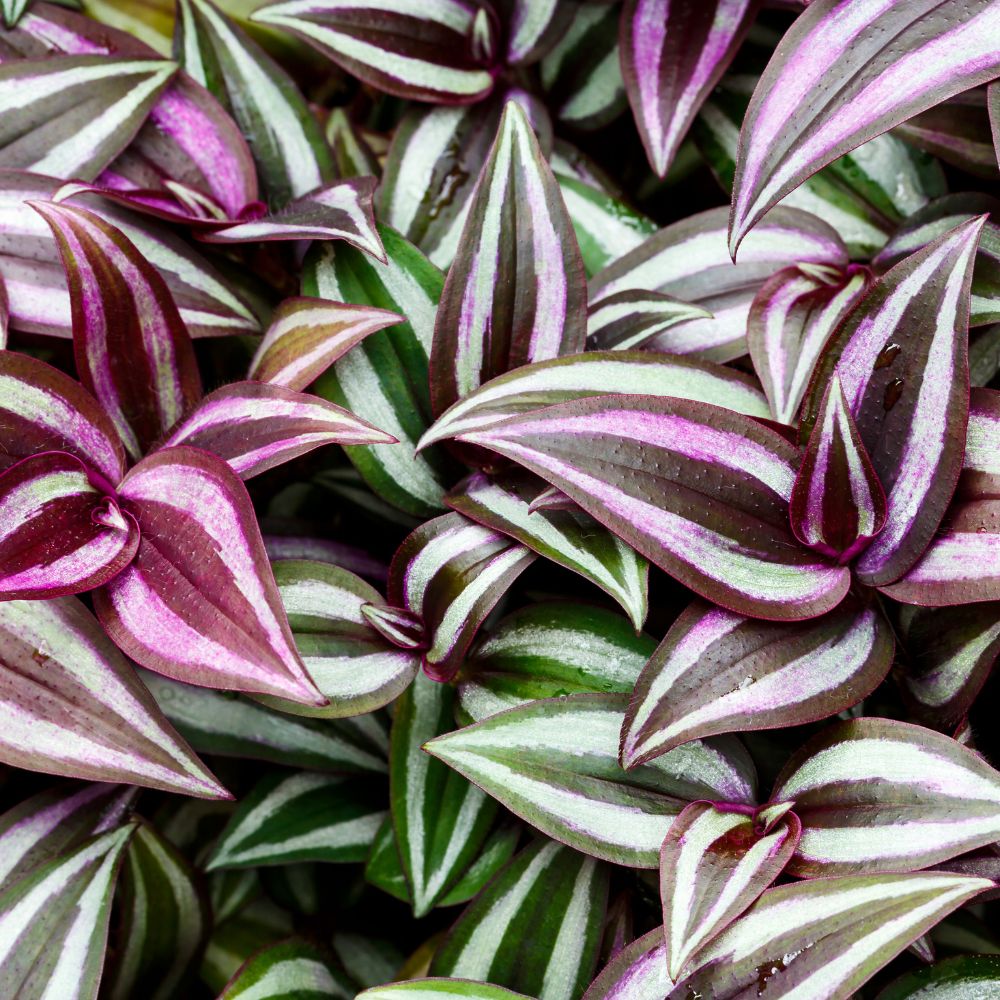
2. Tradescantia fluminensis: Commonly known as the Inch Plant or Speedy Henry, this type has solid green leaves with a glossy finish. It is an aggressive grower and can quickly cover a large area if not regularly pruned.
3. Tradescantia pallida: Often called the Purple Heart or Purple Queen, this variety boasts striking purple leaves and small, pale pink flowers. It is a popular choice for hanging baskets and containers due to its trailing growth habit.
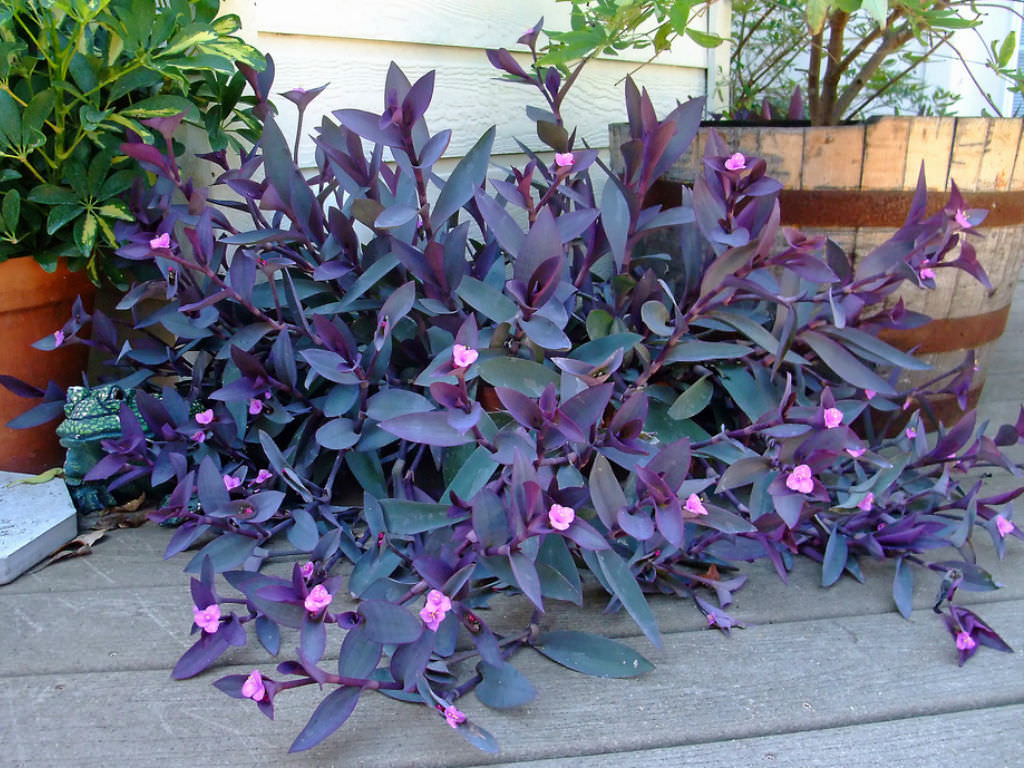
4. Tradescantia spathacea: Known as the Boat Lily or Moses-in-the-Cradle, this type features green leaves with purple undersides and small white flowers. The leaves are arranged in a rosette pattern, giving it a distinct appearance compared to other Wandering Jew plants.
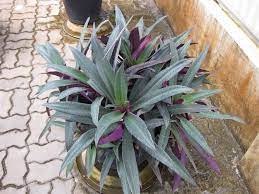
5. Tradescantia albiflora: Also known as the White Flowered Wandering Jew, this variety has green leaves with white flowers. It is a less common type but still appreciated for its delicate blooms and attractive foliage.
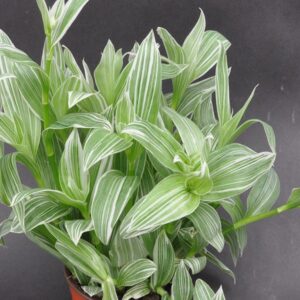
6. Tradescantia ‘Bridal Veil’: This hybrid cultivar features variegated leaves with white, green, and silver tones. Its cascading growth habit makes it an excellent choice for hanging baskets or as a ground cover.
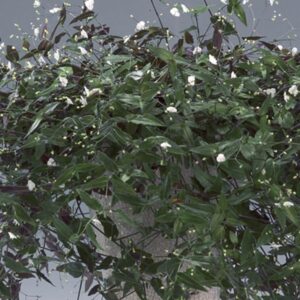
7. Tradescantia ‘Red Jewel’: This cultivar is known for its striking red-purple leaves with a metallic sheen. It is an eye-catching addition to any indoor or outdoor space.
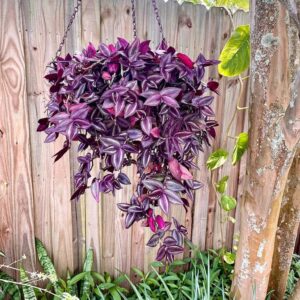
These are just a few of the many types of Wandering Jew plants available, each with its unique foliage and growth habits. They are versatile plants that can be grown in various conditions, making them a popular choice for gardeners and houseplant enthusiasts alike.
Wandering Jew Plant Care
Light Requirements:
- Bright, indirect light: Wandering Jew Plants thrive in bright, indirect light. Position your plant near a window that receives plenty of natural sunlight but is not exposed to direct sun rays. Too much direct sunlight can scorch the leaves and cause them to lose their vibrant colors.
- Artificial lighting: If you don’t have access to enough natural light, you can supplement with artificial lighting such as fluorescent or LED grow lights. Ensure that the light source is placed close to the plant and provides coverage for all the foliage.
- Rotating the plant: To encourage even growth and prevent legginess, rotate your Wandering Jew Plant every few weeks. This ensures that all parts of the plant receive equal exposure to light.
Temperature Requirements:
- Ideal temperature range: The Wandering Jew Plant prefers temperatures between 65°F to 75°F (18°C to 24°C) during the day and slightly cooler at night, around 60°F (15°C).
- Avoid temperature extremes: Sudden temperature changes can stress the plant, causing leaf drop or stunted growth. Keep your Wandering Jew Plant away from drafts, air conditioning vents, and heating sources to maintain consistent temperatures.
- Humidity: Wandering Jew Plants enjoy moderate to high humidity levels. To increase humidity around your plant, you can place a tray filled with water and pebbles underneath the pot or use a humidifier. Misting the leaves regularly can also help maintain humidity levels.
Water and Humidity:
Wandering Jew Plants prefer evenly moist soil, so it’s crucial to water them regularly. However, be careful not to overwater, as this can lead to root rot. Allow the top inch of soil to dry out before watering again. These plants enjoy high humidity levels, so consider placing them in a bathroom or kitchen where humidity is naturally higher. Alternatively, you can use a humidifier or place a tray of water near the plant to maintain adequate humidity levels.
Soil:
Tradescantia plants thrive in well-draining soil that retains moisture without becoming soggy. A good-quality potting mix, ideally with added perlite or vermiculite, will provide the necessary drainage and aeration. You can also add peat moss or coconut coir to the mix to help retain moisture and ensure healthy root development.
Fertilizer for Wandering Dudes:
To promote healthy growth, feed your Wandering Jew Plant with a balanced, water-soluble fertilizer every 4-6 weeks during the growing season (spring and summer). Be sure to follow the package instructions for the correct dosage. Reduce feeding frequency to once every two months during fall and winter when the plant’s growth slows down.
Repotting Tradescantia Plants:
Wandering Jew Plants can become root-bound, which means their roots have filled the pot and are unable to expand further. When this happens, it’s time to repot your plant into a larger container. Spring is the best time for repotting, as the plant will be entering its active growth phase. Choose a pot that is 1-2 inches larger in diameter than the current pot, and ensure it has drainage holes. Gently remove the plant from its old pot, untangle any circling roots, and place it in the new pot with fresh soil.
Pruning:
Pruning is essential for maintaining the appearance and health of your Wandering Jew Plant. Regularly trim back leggy stems and remove any yellow or brown leaves to encourage bushier growth. Pruning also helps to prevent the plant from becoming too top-heavy, which can cause it to topple over.
Tradescantia Propagation:
One of the most rewarding aspects of Wandering Jew Plant care is its ease of propagation. To propagate, simply cut a healthy stem with at least two leaf nodes, remove the bottom leaves, and place the cutting in water or moist soil. Roots should begin to develop within a week or two. Once the roots are well-established, transfer the cutting to a pot with well-draining soil and continue with regular care.
Troubleshooting
Growing Problems
1. Poor lighting: Wandering Jew Plants require bright, indirect light to maintain their vibrant colors and promote healthy growth. Insufficient light may result in dull, faded leaves or leggy growth. Solution: Move your plant to a location with more natural light, preferably near a window with filtered sunlight. Alternatively, consider using artificial grow lights to supplement the light it receives.
2. Overwatering or underwatering: Both overwatering and underwatering can cause problems for your Wandering Jew Plant. Overwatering can lead to root rot, while underwatering can cause the leaves to wilt and dry out.
Solution: Ensure that you are watering your plant appropriately by allowing the top inch of soil to dry out between waterings. Use well-draining soil and a pot with drainage holes to prevent excess moisture buildup.
Pests
1. Spider mites: These tiny pests can cause significant damage to your Wandering Jew Plant by feeding on the sap of the leaves, leading to yellowing and eventual leaf drop.
Solution: To control spider mite infestations, try wiping the leaves with a damp cloth or using insecticidal soap. You can also introduce beneficial insects such as ladybugs to help control the population.
2. Aphids: Aphids are small, soft-bodied insects that feed on plant sap, causing distorted growth and the spread of plant diseases.
Solution: You can remove aphids by spraying your plant with a strong stream of water or using insecticidal soap. Introducing natural predators, such as ladybugs and lacewings, can also help control aphid populations.
Diseases
1. Root rot: Overwatering or poor drainage can lead to root rot, a fungal disease that causes the roots to become mushy and discolored.
Solution: To prevent root rot, ensure that you are not overwatering your plant and that it is planted in well-draining soil. If your plant is already affected, trim away the affected roots and repot the plant in fresh soil.
2. Powdery mildew: This fungal disease appears as a white, powdery substance on the leaves and stems of your Wandering Jew Plant. It can cause leaf distortion and stunted growth.
Solution: Improve air circulation around your plant by pruning overcrowded growth and placing it in a well-ventilated area. Fungicides can be used to treat existing infections, but prevention is key to avoid powdery mildew.
Frequently Asked Questions
Q. I’m trying to take cuttings of wandering Jews, but they keep rotting. How can I prevent this?
A. Preventing Rot in Wandering Jew Cuttings
To prevent rotting of wandering jew cuttings, ensure you use a sterile cutting tool and remove any excess leaves from the cutting. Place the cutting in a well-draining soil mix or rooting medium, and keep it moist but not overly wet. Provide indirect sunlight and maintain humidity around the cutting to encourage successful rooting.
Q. How do I know how far to place my wandering jew away from a window or light source?
A. Determining Proper Light Placement for Wandering Jew
Wandering jew plants thrive in bright, indirect light. Place your plant 2-3 feet away from a window with filtered light, or use a sheer curtain to diffuse the sunlight. Direct sunlight may scorch the leaves, so be cautious of too much exposure.
Q. I’m having trouble rooting cuttings in soil. Can I do anything else?
A. Alternative Rooting Methods for Wandering Jew Cuttings
If you’re having trouble rooting cuttings in soil, try placing the cutting in a jar of water. Change the water every few days to prevent bacterial growth. Once roots develop, transfer the cutting to a pot with well-draining soil.
Q. Is wandering jew plant toxic to cats?
A. Wandering Jew Plant Toxicity to Cats
Yes, wandering jew plants can be toxic to cats. Ingestion may cause irritation, vomiting, or diarrhea. Keep the plant out of reach of pets to avoid any potential health issues.
Q. Can I grow a wandering jew plant outdoors?
A. Growing Wandering Jew Plants Outdoors
Wandering jew plants can be grown outdoors in warmer climates (USDA zones 9-11). They make excellent ground cover or can be grown in hanging baskets. Ensure they receive bright, indirect light and are protected from extreme temperatures.
Q. Will wandering Jew survive winter?
A. Wandering Jew Survival During Winter
In colder climates, wandering jew plants are best grown as annuals or brought indoors during winter months. They cannot tolerate freezing temperatures and will not survive if left outside in harsh conditions.
Q. Does wandering Jew spread?
A. Wandering Jew Spreading Habits
Yes, wandering jew plants are known for their vigorous growth and spreading habit. They can quickly cover a large area if not regularly pruned or contained. Regularly trimming the plant will help control its growth.
Q. What does it mean to pinch a plant?
A. Pinching a Plant Explained
Pinching a plant refers to the practice of removing the growing tips of stems, which encourages bushier growth and more branching. This can be done using your fingers or a pair of sterilized pruning shears. Pinching helps maintain a compact and attractive shape in plants like the wandering jew.
Content are generated with AI, fact checked by editorial team.
Hi there! My name is Aaron and I am a gardening expert from the United States. I have always had a passion for gardening and have been practicing it for years. I have gained extensive knowledge and experience in gardening.

